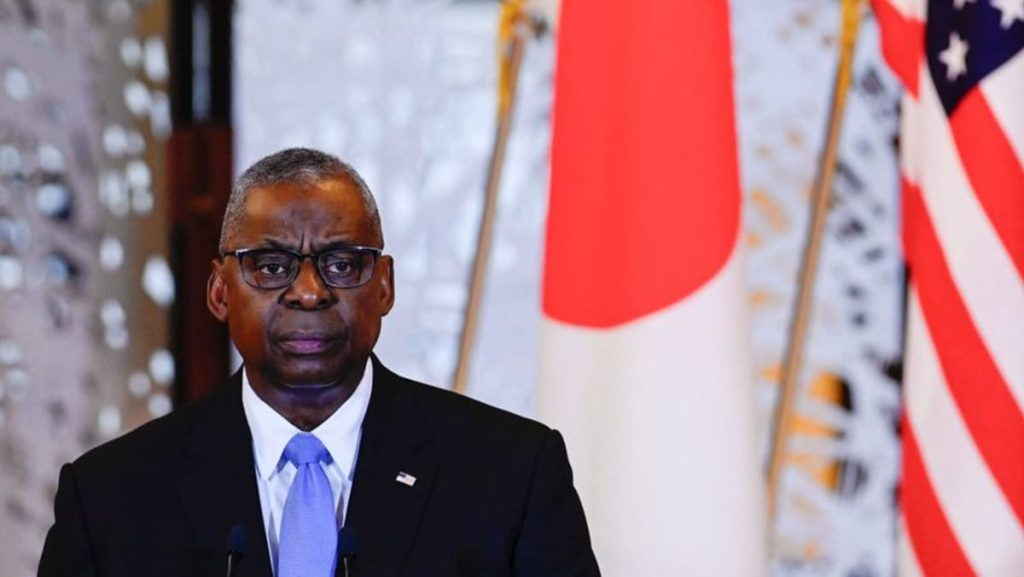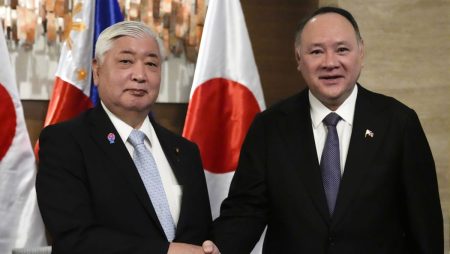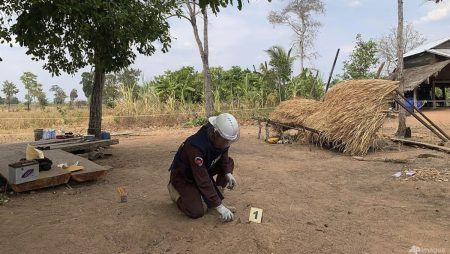US Defense Secretary Lloyd Austin’s visit to Japan carries significant weight, marking potentially his final official trip to the region amidst a backdrop of evolving geopolitical dynamics and anxieties surrounding China’s growing assertiveness. The visit, punctuated by a meeting with Japanese Prime Minister Fumio Kishida and his Japanese counterpart, Defense Minister Yasukazu Hamada, underscores the importance of the US-Japan alliance in navigating the challenges posed by China’s increasing military might and its implications for the regional security architecture. Austin’s trip also arrives during a moment of transition, with the incoming Biden administration poised to reshape US foreign policy and its engagement in the Asia-Pacific. This backdrop adds a layer of complexity to the discussions, as both nations seek to reaffirm their commitment to the alliance while anticipating potential shifts in US strategy under the new administration.
A defining moment of Austin’s visit was his address to US troops aboard the USS Ronald Reagan, the Navy’s only forward-deployed aircraft carrier, stationed at Yokosuka Naval Base near Tokyo. Austin’s pointed remarks directly confronted the perceived threat emanating from China. He explicitly labeled China as a revisionist power, possessing both the intent and the rapidly expanding capability to reshape the existing international order, a system largely built on rules and norms championed by the United States and its allies. This direct and unambiguous characterization of China’s ambitions underscores the growing concern within US defense circles about the potential for disruption and conflict in the region. Austin’s emphasis on maintaining freedom of navigation and overflight, principles critical to international trade and security, highlighted the importance of the US presence in the region as a counterbalance to China’s assertive posture.
The timing of Austin’s visit coincided with heightened military activity around Taiwan, a self-governing island that China claims as its own territory. This increased activity, though not explicitly attributed to China, fueled speculation about potential military exercises and demonstrations of power by Beijing. Given the sensitivity of the Taiwan issue, Austin’s visit served as a symbolic reaffirmation of the US commitment to regional security and its support, albeit often ambiguous, for Taiwan’s defense. The presence of a substantial US military contingent in Japan, particularly in Okinawa, located strategically near Taiwan, underscores the practical dimension of this commitment.
Beyond the focus on China, Austin also addressed the destabilizing potential of the ongoing Syrian conflict. He warned of the opportunistic nature of extremist groups like ISIS, who might exploit the power vacuum created by the conflict’s complexities to regain strength and influence. This concern, echoed by Secretary of State Antony Blinken, highlights the interconnected nature of global security challenges and the potential for regional instability to have wider repercussions. The situation in Syria, while geographically distant from the Asia-Pacific, serves as a reminder of the need for vigilance against the resurgence of extremist groups and the importance of international cooperation in addressing such threats.
Austin’s trip, his thirteenth to the Asia-Pacific region during his tenure as Defense Secretary, demonstrates the sustained focus of the US military on this dynamic and increasingly contested region. The visit served as a platform to reinforce the enduring US-Japan alliance, a cornerstone of US strategy in the Asia-Pacific. It also provided an opportunity to explicitly address the growing concerns about China’s military ambitions and the potential for conflict, particularly in the context of Taiwan. By emphasizing the importance of freedom of navigation and overflight, Austin underscored the US commitment to upholding the existing international order and its resolve to maintain a strong military presence in the region.
Austin’s visit, therefore, represents more than a routine diplomatic engagement. It signifies a critical juncture in US-Japan relations, as both nations grapple with the evolving security landscape in the Asia-Pacific. The visit provided an opportunity to articulate a clear message of deterrence to China, reaffirm the strength of the bilateral alliance, and address broader regional security concerns. The emphasis on maintaining an open and rules-based order, coupled with the explicit acknowledgment of China’s growing military capabilities, signals a firm resolve to counter any potential challenges to regional stability. Austin’s warnings about the opportunistic nature of extremist groups in exploiting regional conflicts further underscores the interconnected nature of global security challenges and the need for continuous vigilance and cooperation. The visit serves as a testament to the enduring importance of the US-Japan alliance in navigating the complexities of the 21st-century security environment.










